In recent years, homeowners across the country, especially those in western states, have been dealing with severe droughts. Drought conditions can seriously challenge maintaining a lush and healthy lawn. With less water, the grass can start to brown and wilt, and the lawn becomes more susceptible to pests and diseases. Adjusting your lawn care routine to ensure your grass survives and thrives in these harsh conditions is essential.
This blog post will explore some effective strategies and essential tips to help you care for your lawn during a drought. With the right approach, you can keep your lawn green and resilient, even in water scarcity.
Water Smartly

Conserving water is crucial during a drought, and can be challenging to do so while still providing your lawn the water it needs. Consider these water-saving tips.
- Water deeply and infrequently. It's better to water deeply and infrequently than shallowly and often. This will encourage the grass roots to grow deeper, making them more drought-tolerant. Aim to water your lawn once a week or less often.
- Water your lawn in the early morning. By watering your lawn in the early morning shortly after sunrise, it minimizes evaporation and allows more water to soak into the soil. Avoid watering during the warmest parts of the day when the sun is at its peak.
- Use a soaker hose or drip irrigation to water your lawn. These methods avoid wasteful runoff by delivering water directly to the soil.
Change Up Your Mowing Habits
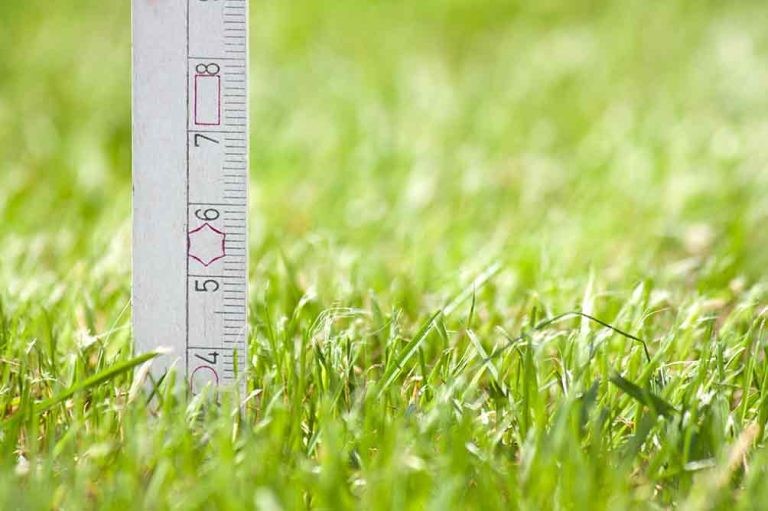
Adjusting your mowing techniques will help your lawn cope with the stress of lack of water. Follow these tips to adjust your lawn better to survive a drought.
- Mow high. Mowing your lawn high helps to shade the soil and reduce evaporation. Aim to mow your lawn to a height of 3-4 inches.
- Don’t cut too much or inconsistently. Allowing your grass to grow and keeping it consistent will help keep it from stressing. You don't want to go super long in between mows, but you also don't want to be mowing it more than once a week, this will be different depending on the type of grass you have. Don't worry though, if you'd like we can take care of your grass as to whether it needs to be left longer or shorter. Remember, overly short grass weakens your lawn in dry months.
Fertilize Wisely

Fertilizing your lawn plays a significant role in lawn health during a drought. Be sure to follow these tips to help your lawn thrive and survive in these harsh conditions.
- Avoid over-fertilizing. Over-fertilizing can stress your lawn and make it more susceptible to drought damage. Fertilize your lawn once in the spring and once in the fall, according to the directions on the fertilizer label.
- Use slow-release fertilizer. Slow-release fertilizers gradually provide nutrients to your lawn, reducing the need for frequent applications.
Aerate Your Lawn

Aeration is valuable during severe droughts, as it breaks up compact soil and allows your lawn to absorb nutrients easily.
- Core Aeration. Unlike liquid aeration, core aeration doesn’t use water, making it the ideal choice during a drought. It creates channels for water to reach the roots more effectively and allows your grass to thrive.
Monitor & Prevent Lawn Diseases
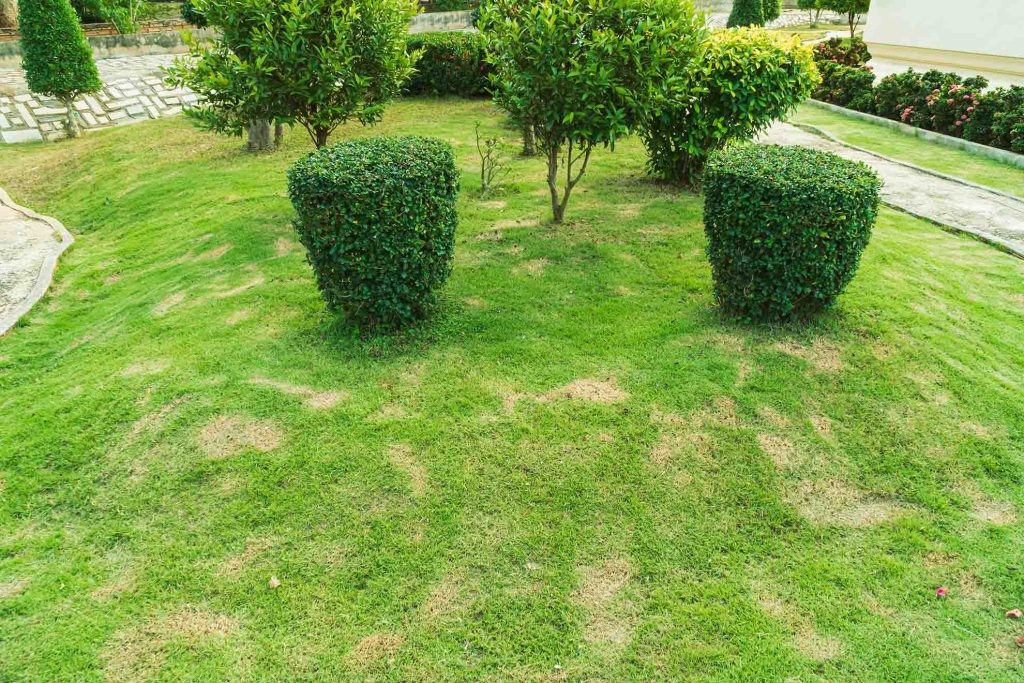
Lawns are much more fragile during a drought and need more monitoring to ensure that diseases, weeds, and pests don’t further stress your lawn.
- Weed your lawn regularly. Prevent weeds from spreading on your fragile lawn by getting rid of them the moment they make themselves noticeable. Familiarize yourself with common weeds found in your area and learn to spot the early signs of a weed infestation.
- Consider mulching your lawn. Mulch can help to retain moisture in the soil and keep the weeds down. Apply a layer of mulch, such as compost or bark chips, around your plants and in areas where grass is struggling to grow.
- Proper Disease Prevention. Maintain good lawn health, avoid overwatering, and promptly address any signs of disease to prevent outbreaks.
Choose Drought-Resistant Grass Varieties
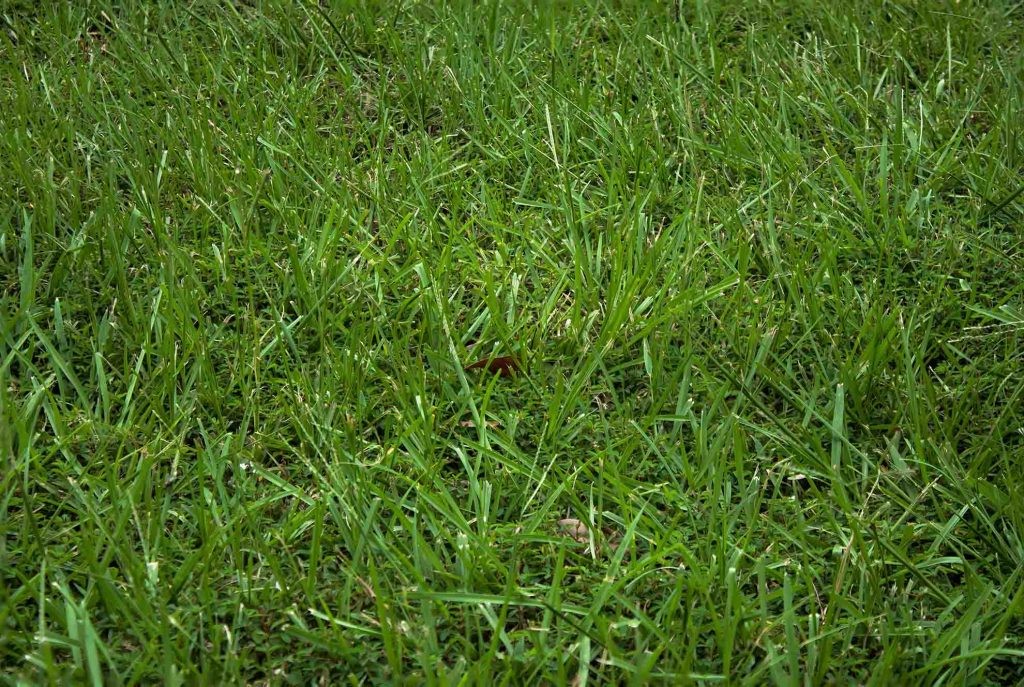
When planning your lawn, opt for drought-resistant grass varieties naturally adapted to thrive in these harsh conditions. Below is a list of drought-resistant turfgrasses. Keep in mind, however, that the following list contains only warm-season grasses. Tall fescue is always your best option in our area. Though these are the most drought-resistant varieties, they are not always well suited to the Washington climate:
- Bermuda grass
- St. Augustine grass
- Bahia grass
- Buffalo grass
- Zoysia grass
- Centipede grass
Caring for your lawn during a drought demands thoughtful practices, water conservation, and adjustments to your lawn care routine. By following these tips, you can help your grass withstand the challenges of a water-scarce period and emerge greener and healthier when rain returns. Remember, a well-maintained lawn can weather the drought and still be the envy of the neighborhood.
Subscribe to Simple Lawns's Blog




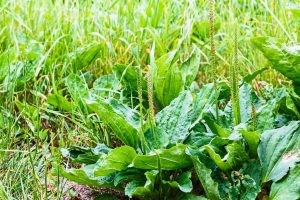

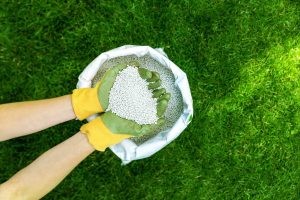
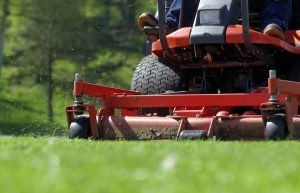

Comments